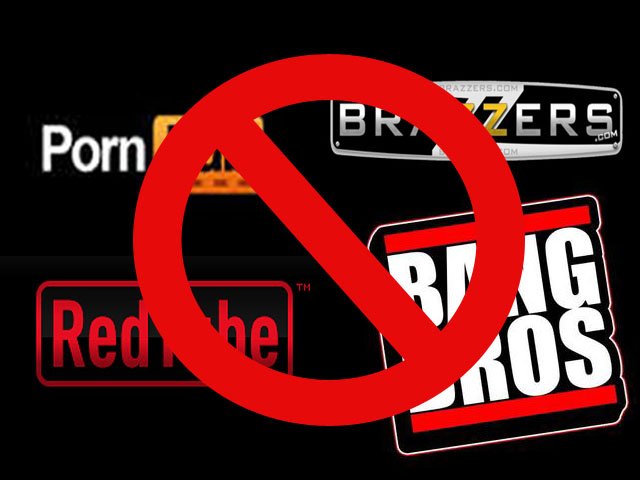Blog Post
Let’s ban pornography
By Jonathon Van Maren
One of the few issues that Canadian social conservatives have been able to discuss without backlash is that of digital pornography. Several years ago, freshman Conservative MP Arnold Viersen put forward Motion 47 to have a committee research the connections between porn and sexual violence—it passed unanimously.With a number of parliamentary allies and his unlikely partner, Montreal Senator Julie Miville-Dechêne, Viersen has been working on ways to limit access to violent porn and hold pornographers accountable. Even Justin Trudeau has pinpointed pornography as being a cultural contributor to misogyny.
After the New York Times ran an exposé by Nicholas Kristoff titled “Children of Pornhub,” revealing that the Quebec-based porn giant (Mindgeek in Montreal owns Pornhub) featured videos of underage girls being violated, Kristoff called on Trudeau to investigate the sex crimes he’d uncovered. Days later, the Liberal government promised that legislation was forthcoming; an Ontarian launched a class-action lawsuit against Mindgeek; and previously, an Ontario judge decided that internet companies can be held liable if child porn is hosted on their servers. There is a growing political consensus that on the pornography file, something must be done.
This is all very encouraging, but I believe we are not going far enough. I agree with Ross Douthat, who wrote in the New York Times several years ago that it is time to considering banning pornography outright: “The belief that it should not be restricted is a mistake; the belief that it cannot be censored is a superstition. Law and jurisprudence changed once and can change again, and while you can find anything somewhere on the internet, making hard-core porn something to be quested after in dark corners would dramatically reduce its pedagogical role, its cultural normalcy, its power over libidos everywhere.”
The vast majority of young Canadians now view porn regularly. Mainstream pornography—which can be accessed by most children today with a few clicks on their electronic devices—consists of what would have once been known as “hardcore” and includes explicit violence against women and degrading, unnatural acts. The average age by which a Canadian child is exposed to porn is 12. I suspect new research would indicate that it is now lower. I’ve met porn addicts who were hooked between the ages of 5 and 8. Years before puberty, they had been exposed to every manner of sexual activity—and torture.
Our society has become so pornified that it is now unthinkable to suggest banning pornography outright; the Criminal Code only mentions the term in relation to child pornography in Section 163.1. Canadian parliamentarians, however, do possess the legal framework necessary to ban pornography if they so wish.
Section 163 restricts “obscenity” and the fabrication, distribution, or possession for distribution of material is defined as “obscene.” Pornography’s legality hinges on whether or not it is considered “obscene,” which is defined in Section 163(8) as “any publication a dominant characteristic of which is the undue exploitation of sex, or of sex and any one or more of the following subjects, namely, crime, horror, cruelty, and violence, shall be deemed obscene.”
READ THE REST OF THIS COLUMN AT THE INTERIM








